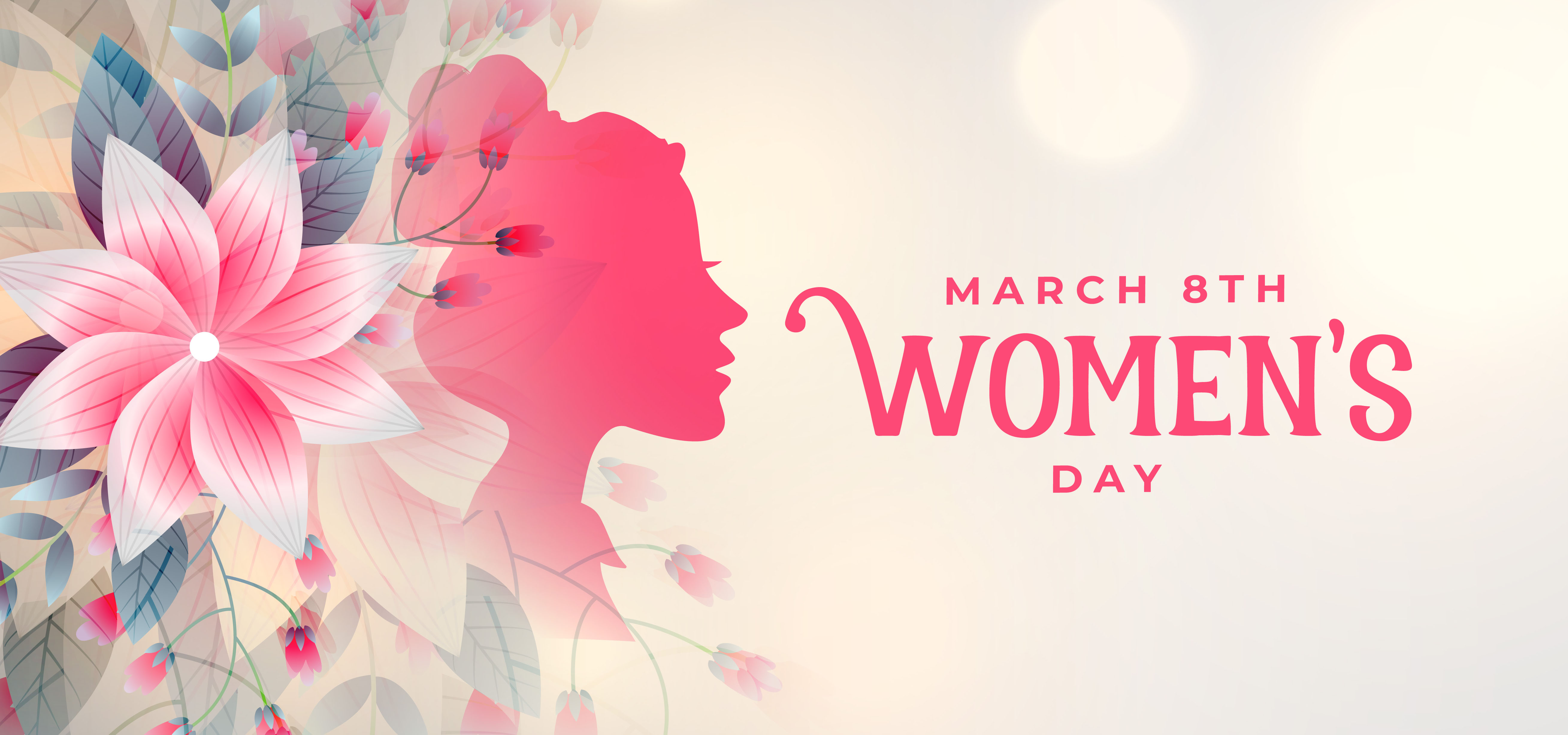100 Whatsapp Messages For Women’s Day Wishes In English
100 Whatsapp Messages For Women’s Day Wishes In Hindi

Women and Education

Despite incessant struggle for women empowerment and major progress in several fields, women (including girls) continue to be discriminated when it comes to accessing education. Figures say, over 57 million children globally, which includes 31 million girls, are out of school. Additionally, 2/3rd of total illiterate adults are women. Studies reveal that in developing countries like India, adolescent girls are more likely to drop out of secondary school than boys, especially in rural areas. Gender inequality in education continues to be a major issue today. Some of the key contributing factors are geographical isolation, poverty, disability, minority status, gender-based violence, early marriage and pregnancy, and conventional socio-economic norms about the role and status of women.
But economies fail to understand that gender discrimination in education is both the cause and consequence of major forms of gender inequality. According to Emmaline Pankhurst, “freeing a woman is freeing half of the human race because they represent half of the population.” Educating a woman is the best way to educate the whole family because of the important role they play. An educated woman is more likely to support education of her children, particularly a girl child, and provide better guidance. She can easily imbibe a progressive and independent outlook in her children, nurturing them as good human beings. Most importantly, a woman with education is more likely to contribute towards betterment of the society and fighting its evils. It is a fact that women education plays an integral role in women empowerment.
Education for girls and women, and an end to gender discrimination in education, is the single most effective way to enhance the lives of individual families and to boost economic development in poor communities globally. Many developing countries are still plagued by lowest rate of female literacy, one of the major reasons being having a biased outlook towards educating the girl child. In most rural families, and even in urban areas, women in a family are considered to be responsible only for domestic welfare. As a result, only the boys in the family are blessed with the opportunity of formal education. On the other hand, poverty is also a major contributing factor behind female illiteracy. Often early marriage and pregnancy forces a girl to opt out of education.
Improving educational levels of a girl has been demonstrated to have a direct impact on her health and economic future. This eventually increases the prospects of the community at large. Research shows that every additional year of education for girls improves their scope of lifetime income by 15%. Promoting women education means improving the earning potential of women, which subsequently improves the standard of living for the whole family as women tend to spend more of their income in families than men.
The good news is that feminist movements in favor of women education around the world has lead to a rise in awareness and government initiatives in minimizing gender inequality and providing increased scope of education to girls and women. A growing rate of women with higher education has also paved the way for them to grab professional careers with better salaries and wages.
- Women’s Day History
- Significance of Women’s Day
- Women’s Day Story
- UN Themes for Women's Day
- UN Day for Women's Rights
- International Women’s Day
- Rio Olympic 2016
- First Women’s Day
- Women’s Day Wishes
- Women’s Day Messages
- Women’s Day Quotes
- Women’s Day Whatsapp Messages
- Popular Sayings for Women’s Day
- Women’s Day Greetings
- Women’s Day Poems
- Women's Day Essay
- Women’s Day Speech
- Top 10 Richest Women in The World
- Women’s Day Speech in Hindi
- Women’s Day Prayers
- Women’s Day scraps
- Women's Day Images
- Women’s Day Gifts
- Most Inspiring Women in History
- What is International Women's Day
- Facts About Women's Emotions
- 50 Most Inspirational Women Worldwide
- Famous Female Athletes
- Biographies of Inspiring Women
- Mother's Day Messages
- Mother's Day Quotes
- Mother's Day Poems
- Mother's Day Wishes
- Mother's Day in UK
- Women in Indian Army



